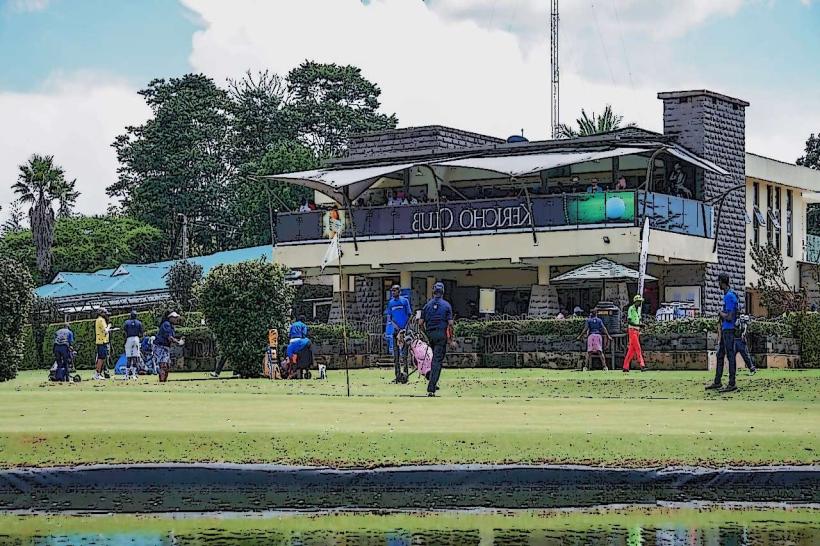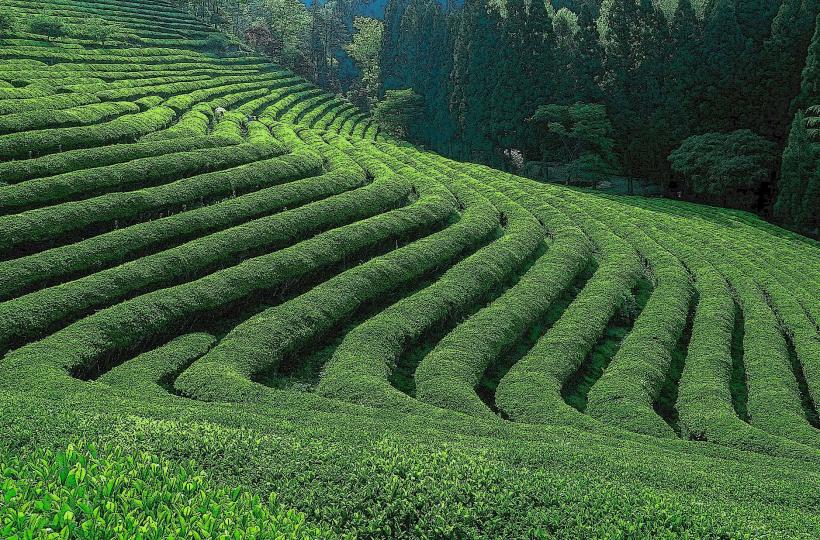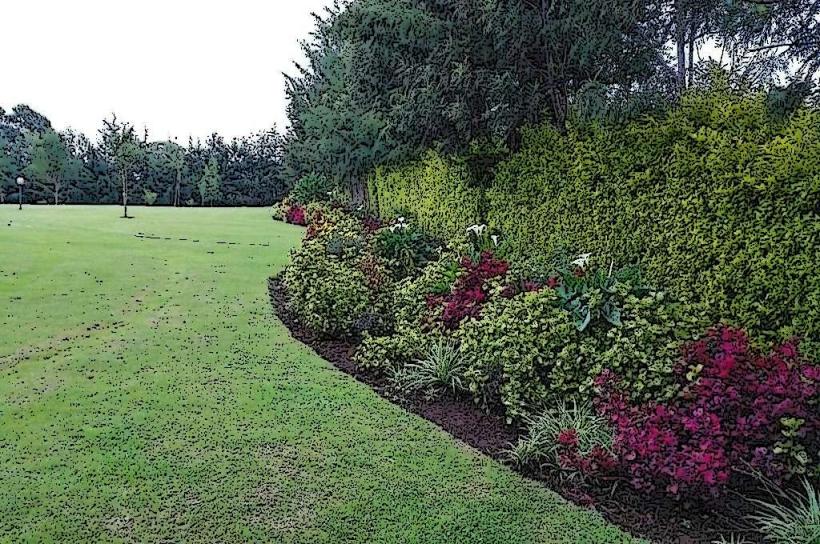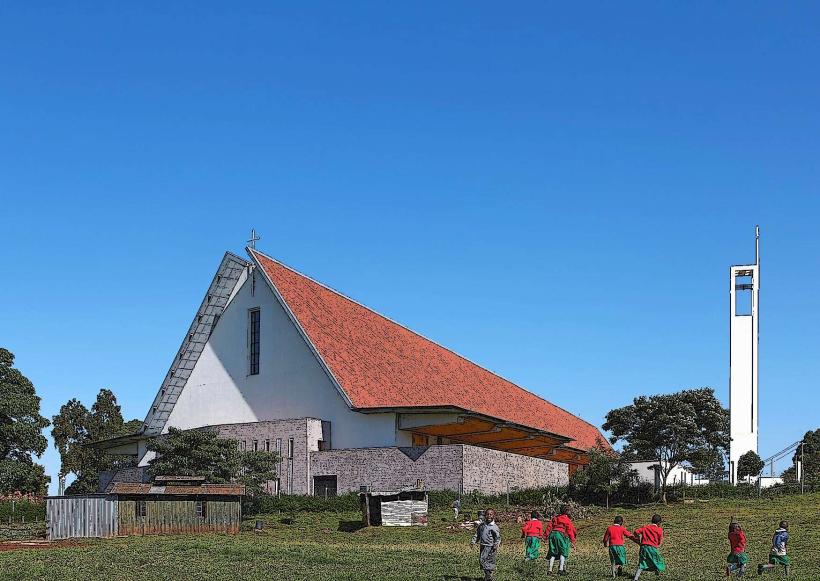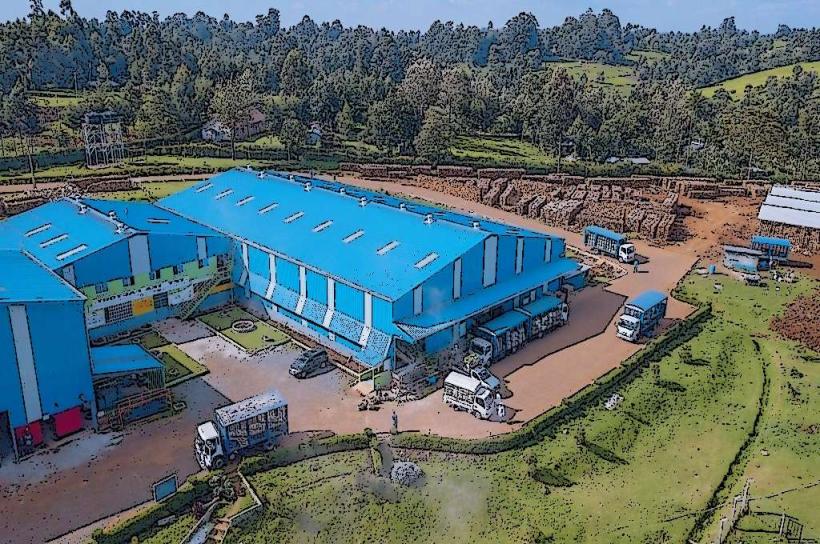Information
Landmark: Mau ForestCity: Kericho
Country: Kenya
Continent: Africa
Mau Forest, Kericho, Kenya, Africa
Overview
Mau Forest, stretching green and dense over the highlands, is East Africa’s largest indigenous montane forest and a cornerstone of Kenya’s natural wealth, simultaneously tucked into the Mau Escarpment in the Rift Valley, it stretches across counties from Kericho and Bomet to Nakuru, Narok, Baringo, and Uasin Gishu, where the air smells faintly of pine.Mau Forest isn’t just a breathtaking stretch of green; it’s Kenya’s lifeline, capturing water in its mossy soil, sheltering rare wildlife, and helping steady the climate across the region, likewise the Mau Forest Complex once stretched across more than 400,000 hectares, though large portions have since been degraded.Rising between 1,800 and 3,000 meters above sea level, it lies along the Mau Escarpment-the western wall of the Great Rift Valley-its slopes dotted with tropical highland trees, patches of bamboo, and grassy clearings, along with known as Kenya’s “water tower,” this Afro-montane forest stores and releases the water that feeds countless rivers and lakes.It carries the lifeblood of more than a dozen major rivers-like the Mara, winding through the Maasai Mara and Serengeti, and the Yala, Sondu, Nzoia, Ewaso Ng’iro, and Ainabkoi-which in turn pour into Lake Victoria, Lake Nakuru, Lake Natron, and other vast waters, therefore the forest also refills underground aquifers and steadies the local climate, helping guard nearby lands from erosion, drought, and creeping desert.The Mau Forest teems with life, from rare orchids clinging to mossy trunks to birds found nowhere else, sheltering a wealth of plants and animals, some endangered and unique to this location, not only that the Mau Forest Complex is made up of several forest blocks rich in life-towering cedar, podo, olive, and camphor trees, with bamboo swaying in the cool highlands, moss and ferns carpeting the understory, and medicinal herbs tucked in the shade.Leopards prowl here, along with forest buffalo, giant forest hogs, bushbuck, and black-and-white colobus monkeys, therefore more than 300 bird species flash through the canopy, from Hartlaub’s turaco to the African crowned eagle and the emerald-green ibis.Rare creatures like bongo antelopes and tree hyraxes call these forests home, alternatively the major forest blocks-South West Mau, Eastern Mau, Molo Forest, Mau Narok, Olenguruone, Maasai Mau, Trans Mara Forest, South and East Tinderet, and Western Mau-each carry their own character, from dense, damp undergrowth to open clearings, and each faces its own degree of degradation and human pressure.Mau Forest has faced relentless encroachment since the 1980s-illegal settlements, unfair land allocations, charcoal fires smoldering in the undergrowth, logging, sprawling farms and grazing herds, all fueled by political meddling and long-standing land disputes-stripping away more than 110,000 hectares of woodland, and shrinking river flows, parched springs, eroding soils, landslides, vanishing species, shifting regional climates, and worsening water shortages are among the Mau Forest’s grim realities.To reverse the damage, the Kenyan government and conservation groups have pushed measures such as removing illegal settlers, reclaiming occupied land, planting native trees through schools, NGOs, and state agencies, forming local forest associations, and partnering with groups like the Kenya Forest Service, UNEP, and WWF, besides yet each step is tangled in political and social tensions, especially when it touches resettlement or land rights.The Mau Forest holds deep cultural meaning as the home of the Ogiek, an indigenous people who have lived among its towering cedar trees and safeguarded its wilderness for generations, subsequently the Ogiek rely on the forest for beekeeping and sweet, smoky honey, for hunting and gathering, and for the plants they use in medicine and rituals.They’ve fought long court battles to defend their ancestral land and keep loggers from stripping the trees bare, and in 2017, the African Court on Human and Peoples’ Rights upheld the Ogiek’s right to their land-a milestone in indigenous rights-marking a victory as real as the forest soil beneath their feet, in some ways Actually, Tourism and Activities
The Mau Forest isn’t as famous as the Maasai Mara or Mount Kenya, but it’s a rewarding spot for eco-tourism and nature adventures-think birdwatching, guided hikes under cool, mossy trees, botanical walks, photography, or cultural visits with the Ogiek community, in turn you can reach different sections from towns like Kericho, Nakuru, Narok, or Bomet, depending on which part you plan to explore.The Mau Forest is vital to Kenya’s environment-a living storehouse that sends rivers flowing, keeps wildlife thriving, supports local families, and steadies the climate like cool shade on a sweltering afternoon, subsequently it’s a land where waterfalls thunder, traditions run deep, and the fragile balance of nature can’t wait.If the forest disappears, Kenya loses more than trees-it threatens the balance of sprawling ecosystems that ripple across East Africa, from buzzing wetlands to dry, windswept plains.
Author: Tourist Landmarks
Date: 2025-09-27

